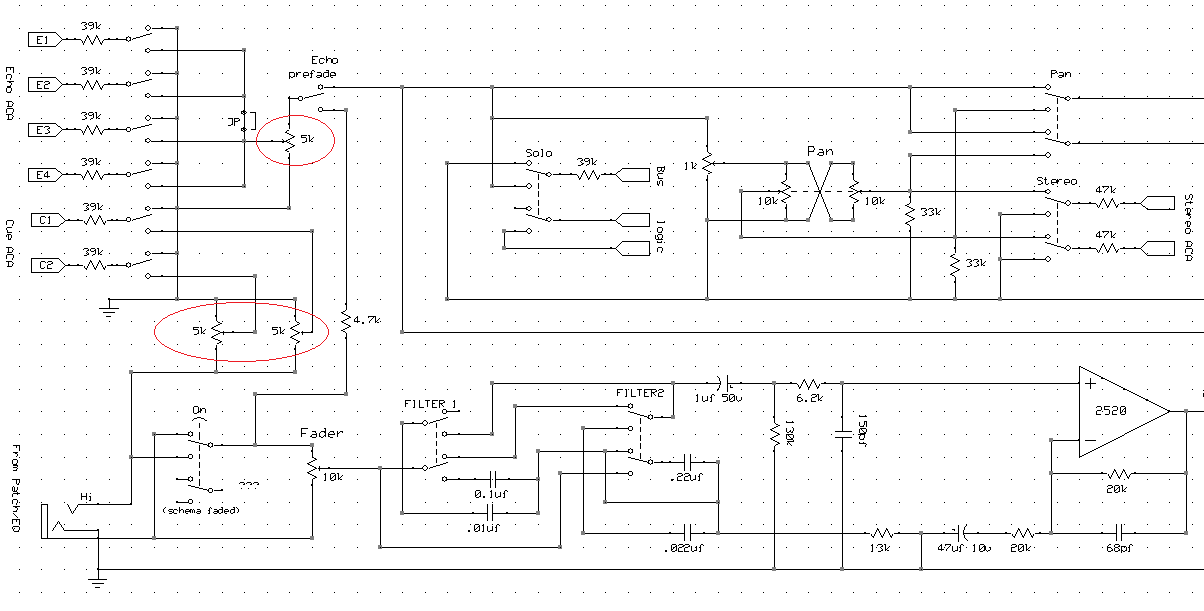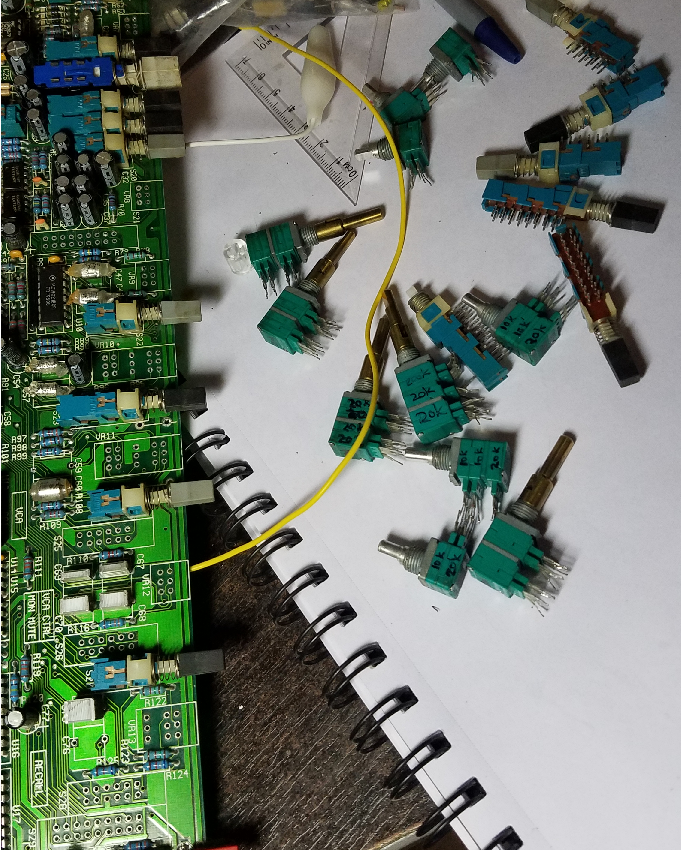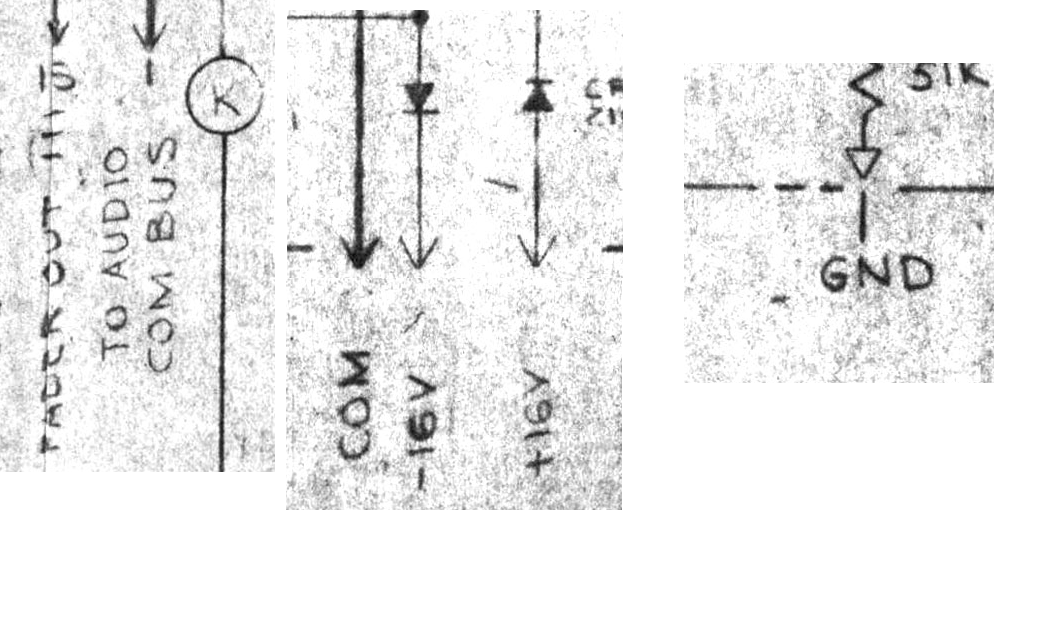Thanks for all this Harpo, I really appreciate it, and I'm really glad to be learning how all this works.
So instead of doubling the cap values and going with the ones Ive calculated to be closer to 2hz-200khz, for "more linear response" assuming I'm going into the standard 2520, do you think these values are ok? the 2520 has a 10 megaohms minimum input resistance. Could you help me out with the formula to calculate what my input resistance is,..? If I'm coming from 600ohm transformer to 10k fader etc..? been looking to figureout how to calculate this to see that I'm still in the safe operating area.
soas far as inverting amplifiers , this is how LPF and HPf is calculated to the opamp as a general rule?
yes, meant voltage gain,
well, I'll be coming from a transformer wired 1:2, but I'll be going out unbalanced to a pan and then unbalanced mix buss.. does that leave me 6db short for 12db gain in hand at fader, or am I ok?
thanks again
So instead of doubling the cap values and going with the ones Ive calculated to be closer to 2hz-200khz, for "more linear response" assuming I'm going into the standard 2520, do you think these values are ok? the 2520 has a 10 megaohms minimum input resistance. Could you help me out with the formula to calculate what my input resistance is,..? If I'm coming from 600ohm transformer to 10k fader etc..? been looking to figureout how to calculate this to see that I'm still in the safe operating area.
soas far as inverting amplifiers , this is how LPF and HPf is calculated to the opamp as a general rule?
yes, meant voltage gain,
well, I'll be coming from a transformer wired 1:2, but I'll be going out unbalanced to a pan and then unbalanced mix buss.. does that leave me 6db short for 12db gain in hand at fader, or am I ok?
thanks again
Harpo said:Fuccimain said:If 'voltage' would be voltage gain and connecting to a 1:2 wired transformer for +6dB iron gain, yes.If I change the voltage of the 2520 to 2, that will give me 12db "in hand" for the fader correct?







